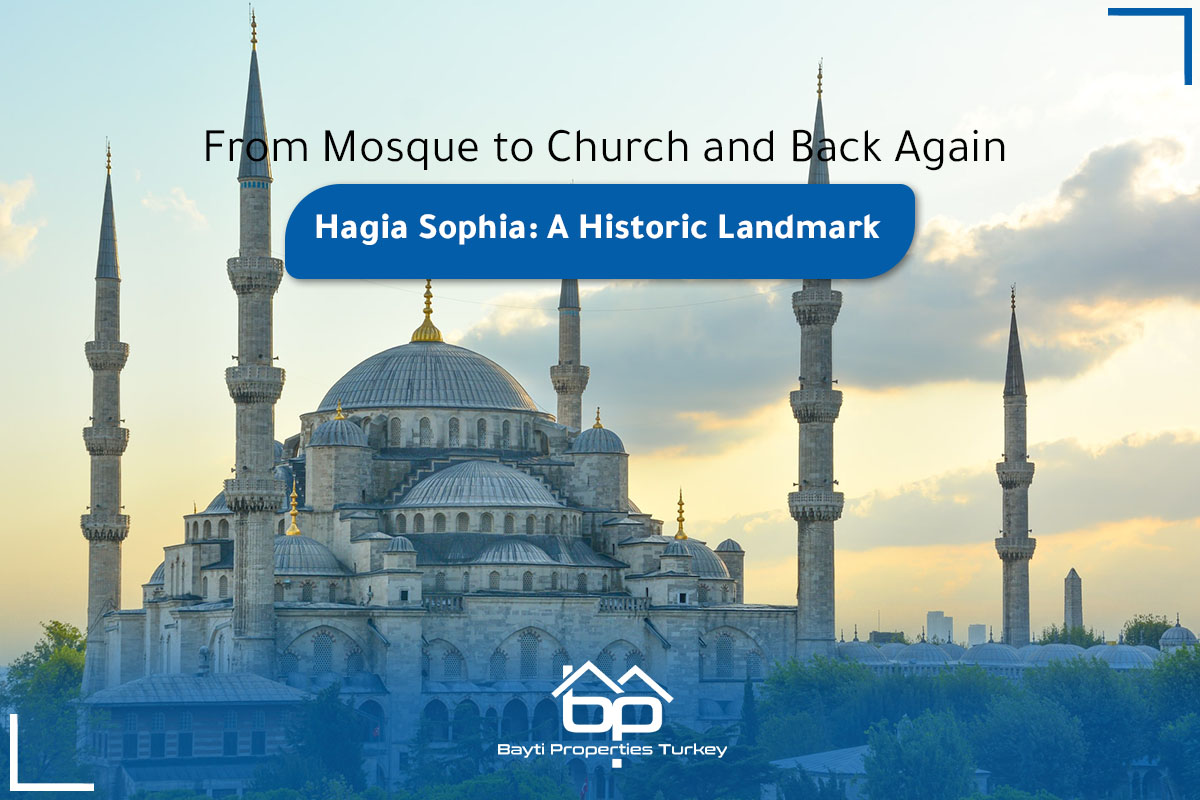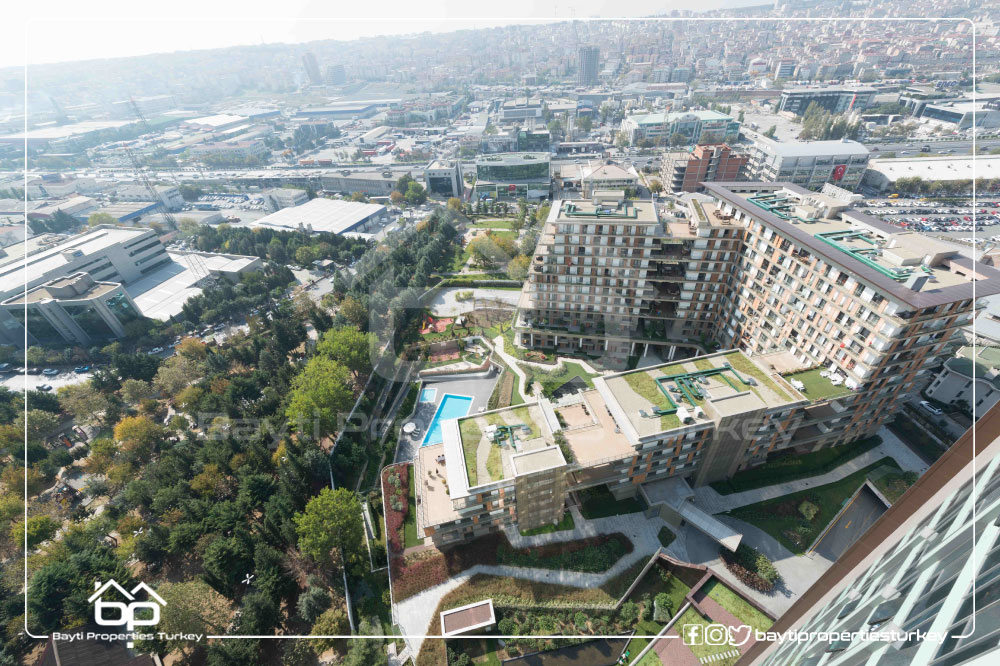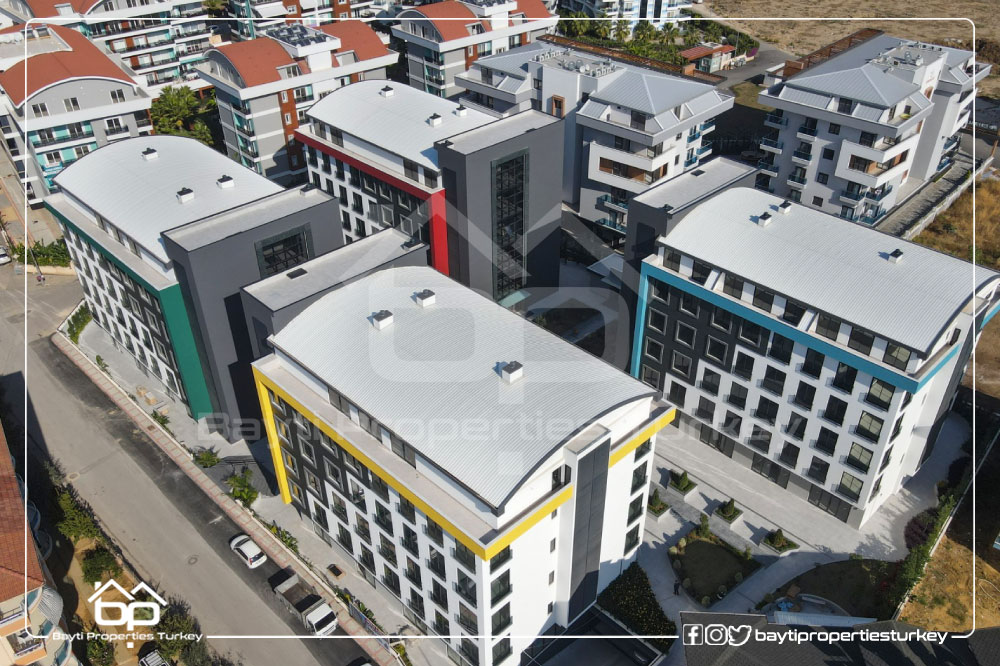Hagia Sophia, located in Istanbul, Turkey, is a historic landmark that has undergone several transformations in its long history. Originally built as a Christian church in the sixth century, it served as the primary place of worship for the Eastern Orthodox Church for almost a thousand years. However, in the 15th century, the Ottoman Empire conquered Constantinople, and the church was converted into a mosque.
After serving as a mosque for centuries, in 1935, the Turkish government transformed the structure into a museum. However, in July 2020, the Turkish government announced that Hagia Sophia would once again become a mosque.
The conversion of Hagia Sophia has been met with controversy and mixed reactions from around the world. Some people have celebrated the decision, viewing it as a return to Turkey’s Islamic heritage. Others have criticised the move as a denial of the site’s Christian history and a blow to religious tolerance.
Despite the controversy, Hagia Sophia remains a remarkable work of architecture and a testament to the history of Istanbul. The structure is renowned for its massive dome, intricate mosaics, and impressive scale.
Conversion of Hagia Sophia into a Mosque
The decision to convert Hagia Sophia back into a mosque was made by Turkish President Recep Tayyip Erdogan, who cited the need to “bring our common history to light.” The Turkish government held its first Muslim Friday prayers at the site on July 24, 2020.
The conversion has been controversial, with some critics arguing that it erases the building’s Christian history and undermines Turkey’s secular foundations. The UNESCO World Heritage Centre has expressed concern about the change, noting that it may affect the site’s status as a world heritage site.
On the other hand, supporters of the decision argue that it is a rightful reclamation of Turkey’s Islamic heritage. They also point out that the structure was originally built as a mosque and was only converted into a church during the Byzantine era.
Hagia Sophia’s History
Hagia Sophia was built in the sixth century by the Byzantine emperor Justinian I as a Christian church. The structure was designed to rival the splendour of Rome’s great basilicas, and its massive dome, which stands over 50 metres high, was a significant architectural achievement.
The building served as the primary place of worship for the Eastern Orthodox Church for almost a thousand years until the city of Constantinople was conquered by the Ottoman Empire in 1453. The Ottomans immediately converted the building into a mosque, adding minarets and other Islamic architectural features.
Hagia Sophia remained a mosque until the founding of the modern Turkish republic in 1923. The Turkish government, under the leadership of Mustafa Kemal Ataturk, decided to transform the building into a museum, recognizing its importance to both Christian and Islamic history.
Conclusion
The conversion of Hagia Sophia from a church to a mosque and back again is a testament to the building’s historical significance and the complex cultural and religious history of Istanbul. While the decision to convert the site back into a mosque has been controversial, the structure remains an architectural marvel and an important symbol of Turkey’s history and culture.
Whether viewed as a Christian church or Islamic mosque, Hagia Sophia remains a remarkable feat of architecture and a testament to the enduring legacy of the cultures that have called Istanbul home over the centuries. Its status as a UNESCO World Heritage Site underscores its importance as a symbol of the shared heritage of humanity.












